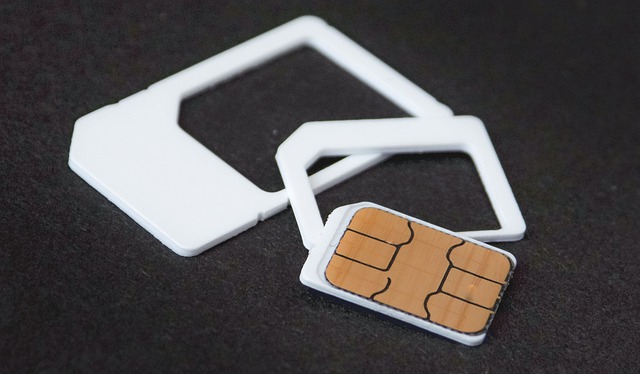Leveling Up: The New Era of Accessibility in Video Games
The gaming industry has always been a dynamic realm, constantly evolving and innovating to meet the demands of its diverse player base. One key development that has been gaining momentum in recent years is the increased focus on accessibility. The conversation around accessibility in gaming can be traced back to the early days of the industry. The inception of video games was marked by a certain degree of exclusivity, with games primarily targeting a specific demographic - young, able-bodied individuals. The complex control schemes and challenging gameplay were often a barrier for players with disabilities. However, as the industry grew, so did the recognition of the need for more inclusive gaming experiences.

Over the years, developers started to incorporate options for colorblind modes, subtitles, and adjustable difficulty settings. Despite these improvements, the accessibility features remained largely optional add-ons, rather than integral parts of game design.
The Turning Point: Microsoft’s Xbox Adaptive Controller
The game-changing moment for gaming accessibility came in 2018 with the release of Microsoft’s Xbox Adaptive Controller. This ground-breaking device was designed with and for players with limited mobility. It features a customizable control scheme, enabling players to adapt gameplay to their individual needs. The reception from the gaming community was overwhelmingly positive, and it signaled a shift towards a more inclusive gaming industry.
The Current Landscape: Accessibility in Today’s Games
In recent years, the push for accessibility has gained significant traction. Notable examples include titles like ‘The Last of Us Part II’, which set a new standard for accessibility in mainstream games. The game was lauded for its extensive list of accessibility options, catering to a wide range of disabilities.
The Cultural Impact: Redefining the Gaming Experience
The increased emphasis on accessibility has had a profound cultural impact. It’s challenged the traditional view of what constitutes a ‘gamer’, extending the inclusivity of the gaming community. Furthermore, it’s also sparked conversations about the importance of accessibility in other areas of digital culture, prompting developers to reassess their approach to design.
Looking Ahead: The Future of Accessibility in Gaming
The momentum behind the accessibility movement in gaming shows no signs of slowing down. Developers are becoming increasingly aware of the importance of inclusive design, and players are advocating for their needs more vociferously than ever before. However, there is still a long way to go. The future of gaming accessibility lies in ongoing dialogue, continuous innovation, and a commitment to creating games that can be enjoyed by all.
The gaming industry’s focus on accessibility represents a significant shift in how games are designed and who they are designed for. It’s a testament to the power of inclusivity, demonstrating that when we make games accessible to all, everybody wins.




